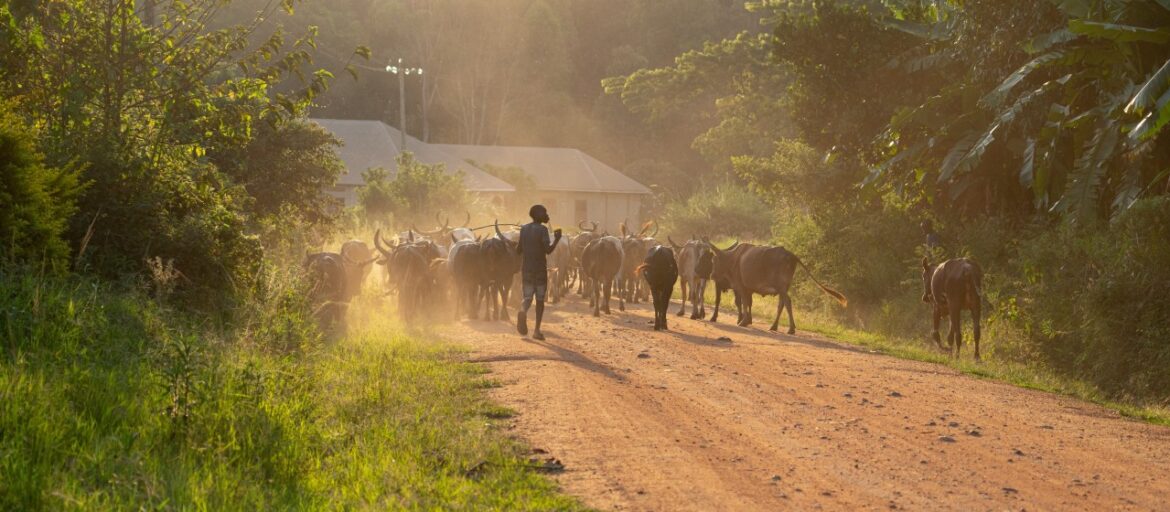
What is Customary Land?
Customary land tenure refers to the system of land ownership and management that is based on traditional cultural practices and customs in a particular community. In Uganda, customary land tenure is the most prevalent form of land ownership outside Buganda, covering more than 85% of the country’s land area.
There are different forms in which customary land tenure exists in different parts of Uganda. In some places, the land is held communally, in some it belongs to a particular clan while in others, it is held by individuals.
The rules of customary law also vary in different parts of the country. The Land Act 1998 states that customary land tenure shall be governed by rules generally accepted as binding by the particular community, and anyone who acquires land in that community shall also be bound by the same rules.
Advantages of Customary Land Tenure in Uganda:
- Social security: Customary land tenure provides social security to communities, as it gives individuals and families a sense of belonging and stability. This helps to ensure that people have access to the resources they need to survive and thrive, such as land for agriculture and housing.
- Flexibility: The customary land tenure system is highly flexible, allowing individuals to easily access land for different purposes, such as agriculture, forestry, and housing. It also allows for the transfer of land ownership through inheritance or sale, which can be done quickly and efficiently.
- Inclusiveness: Customary land tenure is an inclusive system, as it allows for the participation of both men and women in land-related decisions. This promotes gender equality and helps to ensure that both men and women have access to the resources they need to live productive lives.
- Sustainability: The customary land tenure system is also sustainable, as it is based on the principles of intergenerational equity and the responsible use of resources. This helps to ensure that the land is managed in a way that benefits future generations, while also protecting the environment.
Disadvantages of Customary Land Tenure in Uganda:
- Lack of formal recognition: Despite its prevalence, customary land tenure is often not formally recognized by the government, which can lead to difficulties in accessing land-related services and benefits. This can also lead to disputes over land ownership and usage, as there is no clear and official record of land ownership.
- Insecurity of tenure: Customary land tenure is often based on informal agreements and unwritten rules, which can make it difficult to enforce land rights. This can result in land grabbing and the displacement of communities, as well as making it difficult for individuals and communities to access land-related services and benefits.
- Limited access to credit: The informal nature of customary land tenure can also limit access to credit, as individuals and communities may not have the documentation required to secure loans. This can make it difficult for communities to invest in agriculture, forestry, and other land-related activities.
Obtaining a private certificate of title is possible for individuals, whereby they have to agree with the community that owns the land (the clan or tribal chiefs), then the Sub-county and government land boards take up the process of issuing the title.
To convert customary land to freehold in Uganda, you’ll need to take the following steps:
- Obtain a certificate of occupancy from the Commissioner of Lands, which is a government-issued document that confirms ownership of the land.
- Get the land surveyed and have a plan prepared by a registered surveyor.
- File an application for leasehold conversion to the Ministry of Lands, Housing, and Urban Development.
- Pay the conversion fee, which is calculated based on the size and location of the land.
- Wait for the conversion to be approved, which usually takes several months.
- Obtain a leasehold certificate of title, which serves as proof of ownership for the converted land.
Note: These steps may vary and it is best to seek the assistance of a legal professional to ensure a smooth conversion process.
In conclusion, the customary land tenure system in Uganda has both advantages and disadvantages. On one hand, it provides social security, flexibility, inclusiveness, and sustainability, while on the other hand, it also faces challenges such as lack of formal recognition, insecurity of tenure, limited access to credit, and lack of transparency. To address these challenges, it is important for the government to formally recognize customary land tenure and provide the necessary support and services to communities, such as access to credit and dispute resolution mechanisms. This will help to ensure that the benefits of customary land tenure are enjoyed by all, while also ensuring that land resources are managed responsibly and sustainably.
At LUBA Properties Ltd, we only sell private mailo land. If you have any land-related questions, talk to us: 0773259007 or 0757444666





